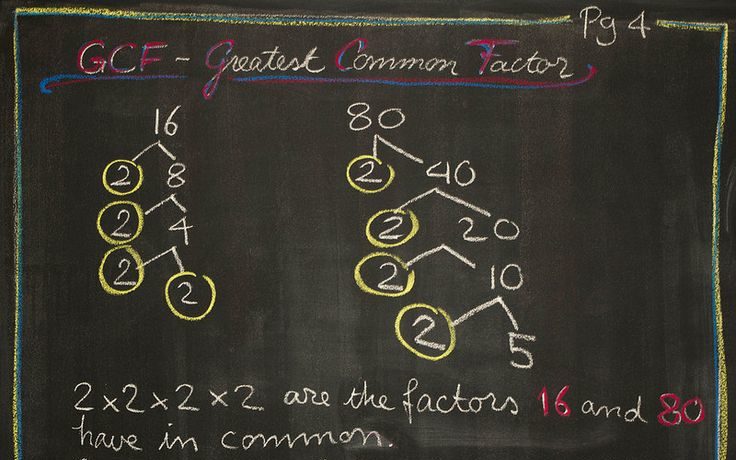Implementation is one of the most underestimated, yet crucial steps in ensuring the effectiveness of education technology in the classroom. As many education leaders know, there’s a lot of room for error when it comes to successful education technology implementation. In order to avoid those pitfalls, there is a series of critical steps that must be taken to ensure this process ultimately provides value by making the end user’s job easier, not more difficult.
Despite the best intentions and planning, education technology implementations often do not deliver the anticipated value. The three large predictors that an implementation failure include: the lack to review the school’s entire edtech ecosystem, such as buying computers without considering software licensing or network load; failing to have a complimentary change management program in place that involves all appropriate stakeholders, such as the managers and users of the technology; and not critically reviewing implementation outcomes, continuously tweaking the process to specifically shape it to address unmet needs.




